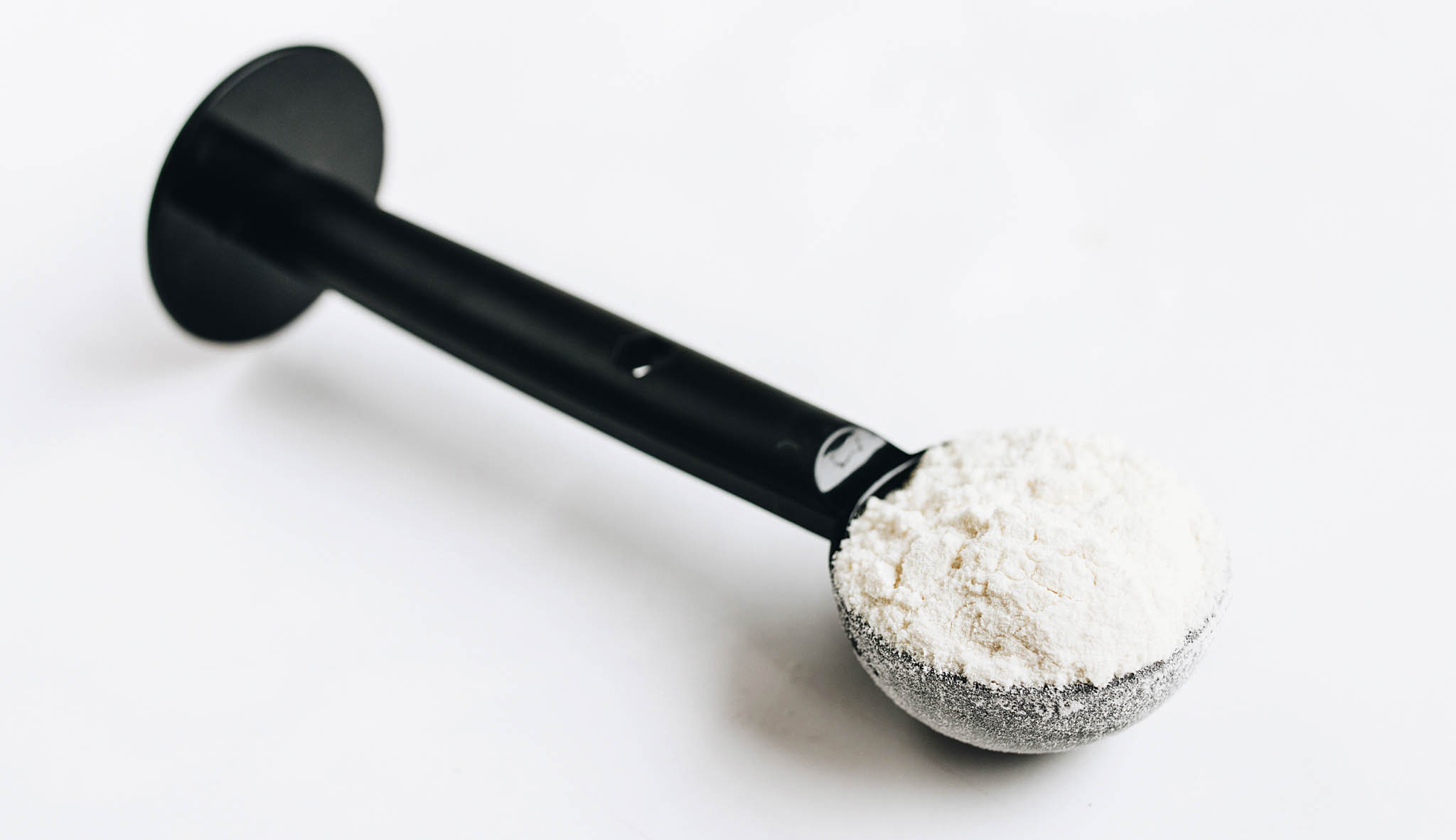Do You Know What’s in Your Protein Powder?

PREMIUM CONTENT for MEMBERS ONLY
Protein powder is one of the most popular dietary supplements in the United States with $5.32B in sales in 2022. People consume protein powder for a variety of reasons. Whether it’s for muscle gain, weight loss, endurance training or post-workout fuel, most people are adding protein powder into their diets for health-related reasons. What they may not know is that unlike drugs, dietary supplements do not require FDA approval for their marketing claims. Labels such as “holistic”, “natural” and “plant-based” have created a halo of built-in trust around products in the supplement space, putting consumers in the dark about what they are really consuming. This further affirms why the lack of regulation around the true contents of dietary supplements can be extremely misleading and harmful.
“Nearly 75% of all protein powders tested had measurable levels of lead and nearly 33% of products exceeded at least one federal or state regulatory set for safety.”
In 2018, Clean Label Project, a national nonprofit with the mission of raising awareness on the presence of potentially dangerous environmental contaminants in everyday consumer products, decided to do a deep dive on the contents of popular protein powders. They purchased and tested over 130 of the top selling protein powders on the market using a wide scope of testing and review which included national superiority like protein content and antioxidant levels as well as industrial and environmental contaminants, which includes heavy metals like arsenic and cadmium, lead and mercury, persistent pesticides, BPA, a known endocrine disruptor, and mycotoxins which are linked to brain cancer, reproductive harm and brain damage. Clean Label Project worked with an analytical chemistry lab which tested over 60 brands and 134 products. They found that nearly 75% of all protein powders tested had measurable levels of lead and nearly 33% of products exceeded at least one federal or state regulatory set for safety. Extensive research on the toxic effects of heavy metal consumption in humans, even at miniscule levels, is well documented and proven, making these findings even more unsettling.
“Organic protein powders, which mostly consist of plant-based products, averaged twice the amount of heavy metals as non-organic products.”
A 2018 study by Lannphear and colleagues suggested that as many as 400,000 deaths each year in the United States are attributable to lead exposure and even low-level exposure can lead to premature death. This adds on to a growing body of research showing that there are no safe levels of lead in food. BPA or bisphenol A, a chemical that has been used to produce certain plastics and has been shown to disrupt endocrine functions in the body was found in 55% of the protein powders tested by Clean Label Project. One of the more disturbing findings from the study is that the presence of multiple heavy metals and other contaminants was not unusual among Clean Label’s tested protein powders. 53 of the best-selling products contained elevated levels of BPA, lead, mercury, cadmium and arsenic. Surprisingly, organic protein powders, which mostly consist of plant-based products, averaged twice the number of heavy metals as non-organic products. Overall, plant-based protein powders were the most contaminated while egg and whey-based products were considered the cleanest.
“The Clean Label Project believes that packaging is the primary source of BPA found in these protein powders.”
The two primary sources of these contaminants are believed to come from the soils the ingredients are grown in and the products’ packaging. Contaminated soils can be improved by holding their suppliers accountable and reducing the use of pesticides and avoiding agricultural land that’s been affected by improper disposal of waste or other harmful chemicals that may be taken up by plants and animals nearby. Although soil contamination is part of the problem, The Clean Label Project believes that packaging is the primary source of BPA found in these protein powders. Due to consumer demand for its removal, BPA has been almost completely nixed from all child nutrition products whereas BPA was found in over 50% of all protein powders tested, leading Clean Label Project to believe that the contaminants are likely leaching from the packaging.
“This study is a much needed reminder not to blindly trust all marketing claims on nutrition products, especially for dietary supplements which are not FDA regulated.”
Although these results are definitely unsettling, especially for those who regularly consume protein powder, The Clean Label Project also found several products that are free from heavy metals and contaminants that are safe for consumption. Additionally, if you’re looking for an alternative to protein powder, consider supplementing your diet with whole foods such as legumes, nuts, whole grains, fish and lean meats which are all great sources of clean protein. Overall, this study is a much needed reminder not to blindly trust all marketing claims on nutrition products, especially for dietary supplements which are not FDA regulated.

Juliette Frank is a recent UCLA graduate with a degree in Public Affairs and Food Studies. Her interests include the interrelation between food systems, digestive health, and the environmental impacts of food production.
✓ This article was reviewed and approved by Emeran Mayer, MD